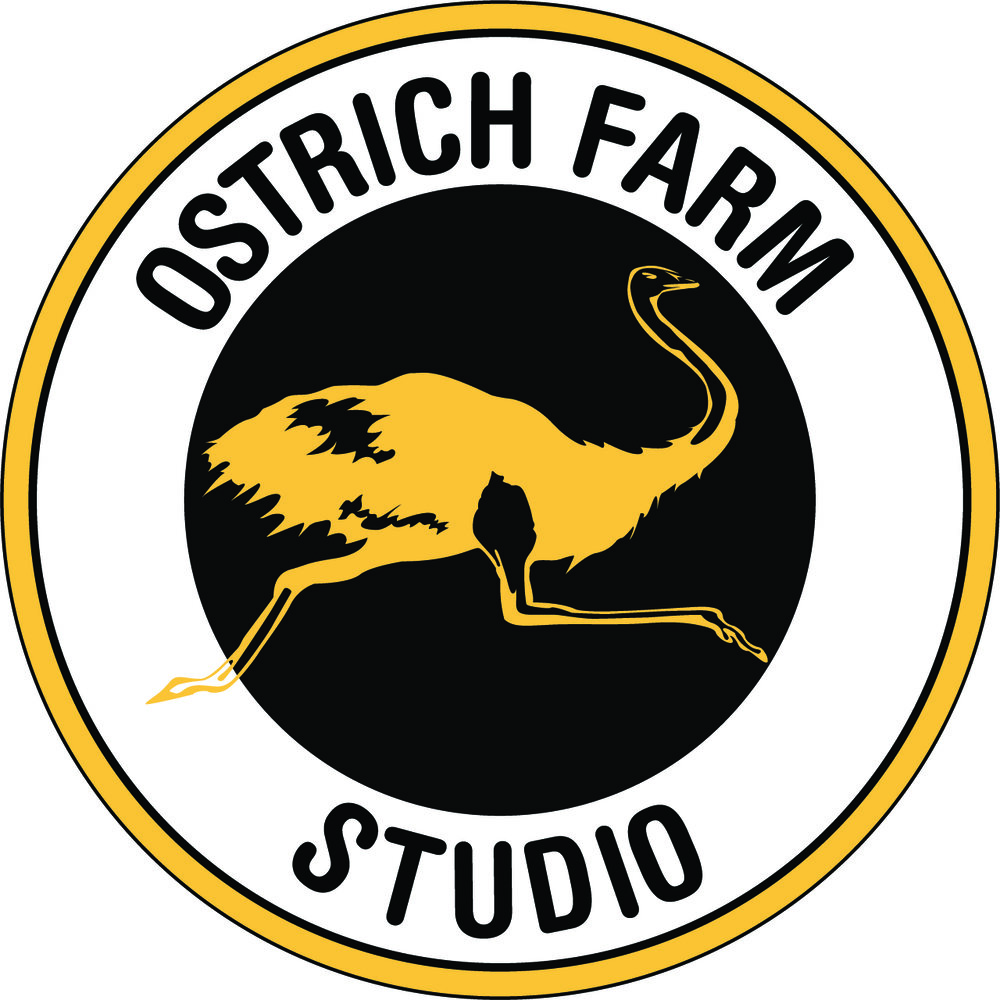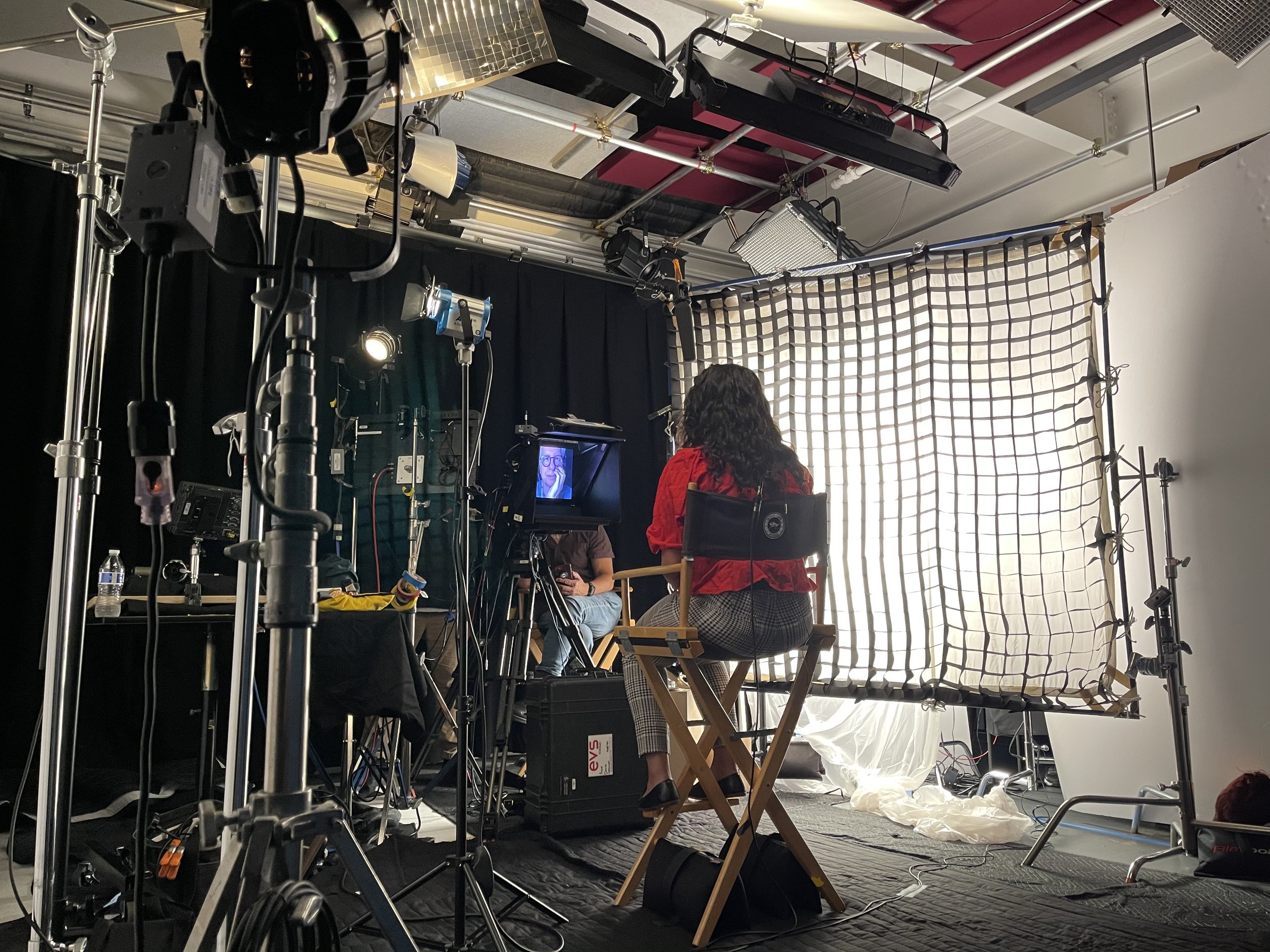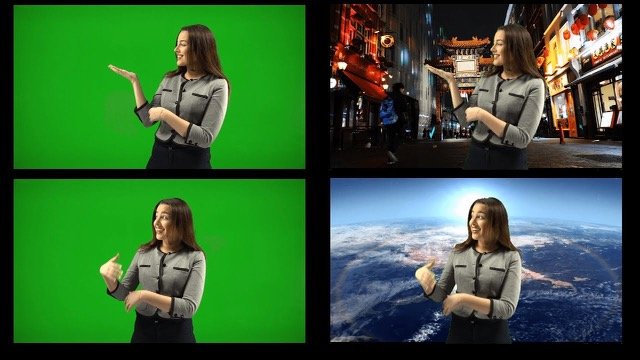When planning a live event, one crucial decision you'll face is choosing between single-camera and multi-camera production. Both approaches have unique strengths and can significantly impact the final product. Understanding the differences between them is essential to making the right choice for your event.
Single-Camera Production: The Art of Precision Single-camera production involves using one camera to capture the event. This approach is often favored for its flexibility and creative control, allowing for more intentional framing, angles, and movement.
Advantages:
Creative Control: With one camera, the director can focus on getting the perfect shot, ensuring that each frame is precisely composed. Cost-Effective: Fewer cameras mean lower costs, making it a budget-friendly option for smaller events. Post-Production Flexibility: In single-camera production, shots are often captured out of sequence and then edited together, allowing for greater manipulation of the footage in post-production.
Best For: Smaller, more intimate events where detail and composition are prioritized. Documentary-style productions that require a more cinematic approach. Situations where budget constraints are a significant concern.
Multi-Camera Production: Capturing Every Angle Multi-camera production involves using multiple cameras to cover different angles of the event simultaneously. This method is widely used for live broadcasts, such as concerts, sports events, and talk shows, where real-time editing and seamless transitions are critical.
Advantages:
Comprehensive Coverage: Multiple cameras ensure that no moment is missed, providing a dynamic and immersive experience for viewers. Real-Time Editing: With a multi-camera setup, the director can switch between camera angles in real-time, delivering a polished and professional broadcast as the event unfolds. Consistency: This approach guarantees continuity, as all cameras are recording simultaneously, reducing the need for extensive post-production.
Best For: Large-scale events like concerts, sports, or live performances where capturing the action from various angles is essential. Live broadcasts that require immediate delivery, such as news or talk shows. Events where audience engagement and a dynamic viewing experience are prioritized. Choosing the Right Approach The decision between single-camera and multi-camera production ultimately depends on the nature of your event, your budget, and your creative vision. For smaller, more controlled environments, single-camera production offers the flexibility and artistic freedom needed to create a visually compelling story. In contrast, multi-camera production is ideal for larger events requiring comprehensive coverage and real-time editing to ensure a seamless and engaging experience for viewers.
--Author, Glenn D Cunanan












